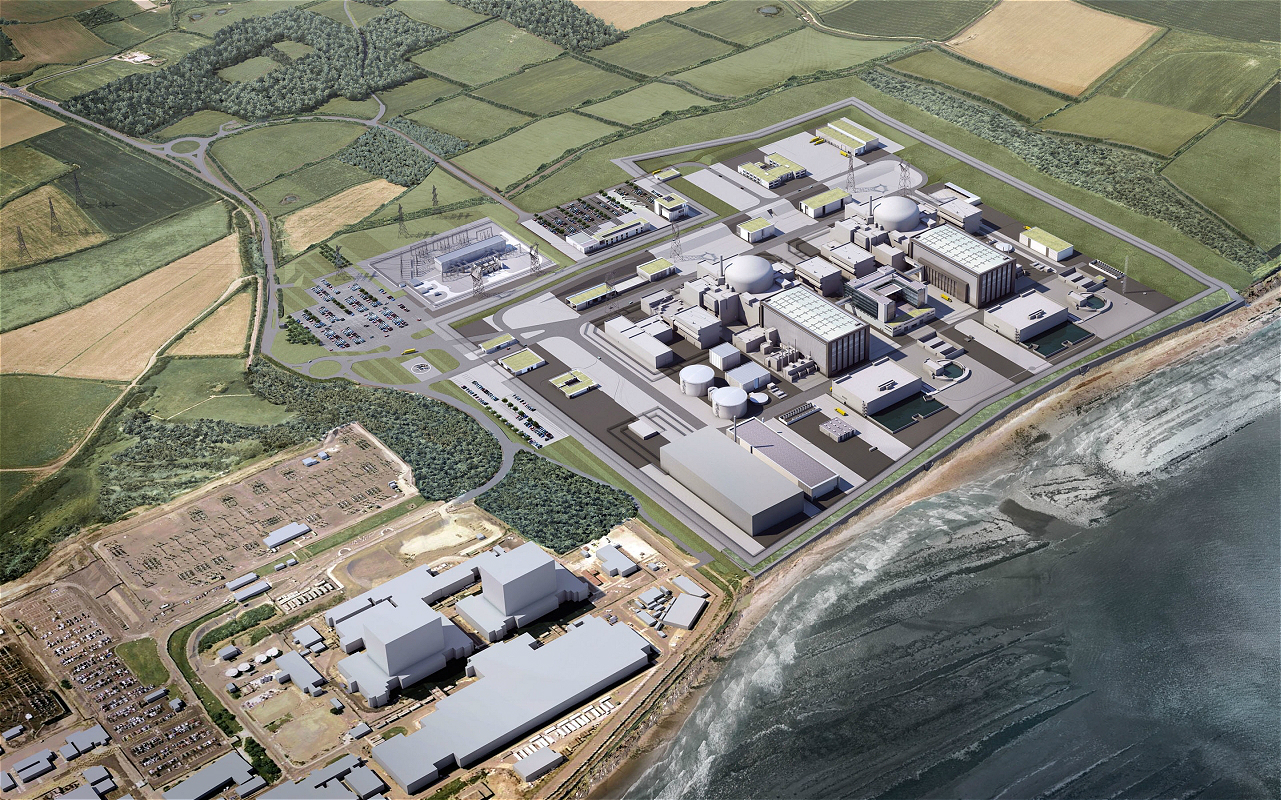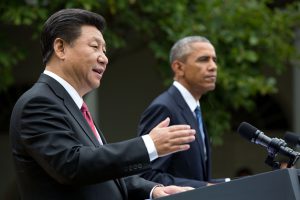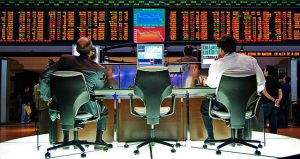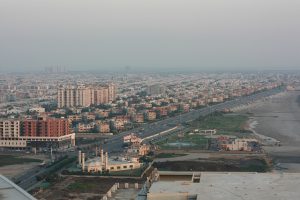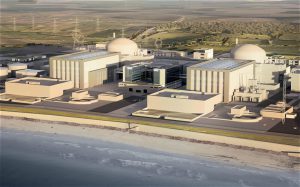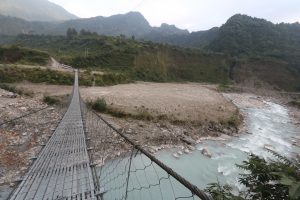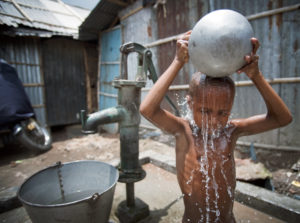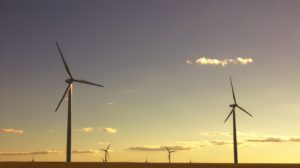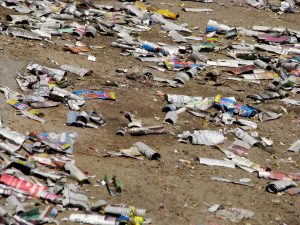It was widely reported last month that Chinese President Xi Jinping and UK Prime Minister David Cameron had struck a deal to try to reinvigorate UK’s stalling nuclear ambitions, but the reality is nothing has been signed yet, despite the huge financial incentives being offered by the Treasury to French and Chinese nuclear corporations.
There’s a strong consensus amongst UK commentators about the huge financial burden on taxpayers, as Hinkley would lock the UK into an index-linked 35-year contract for electricity, at twice the price consumers currently pay, on top of a £2 billion (19.2 billion yuan) loan guarantee.
If a contract is signed, China General Nuclear Power Corporation (CGN) would take a one-third share in the troubled French EDF project at Hinkley C, with a promise to build and operate Chinese-designed reactors on UK soil.
Whilst China may be prepared to lose money on its investment in UK nuclear in order to open up the international market for Chinese nuclear industry, plans for nuclear worldwide are stuttering. Both fully-developed and fast-industrialising economies are moving away from old-style baseload power models built around large coal and nuclear plants.
This shift is based on a more rounded strategy for energy, which involves deploying large arrays of on- and off-shore wind and solar renewable energy. These will be complemented by flexible gas-fired back-up plants and combined with energy efficiency and conservation, demand-side management, energy load-balancing, big transmission grid upgrades and local distribution.
Climate-proof?
Accordingly, it seems that the next industrial evolution will be renewable. So the question remains, why persist with nuclear? Looking at the economics of generating from nuclear in both OECD and developing countries, it’s easy to see how public money could be better spent to much greater effect.
One of the reasons is that nuclear has had a makeover, with the industry now presenting itself as a partial response to global warming. This is despite the industry’s obvious environmental and logistical flaws.
The UK Institute of Mechanical Engineers warns that proposed new reactors, together with radioactive waste stores including spent fuel, will be generally located on coasts, potentially vulnerable to sea-level rise, flooding, storm surge and tsunamis. It adds: “Nuclear sites, based on the coastline, may need considerable investment to protect them against rising sea levels, or even abandonment or relocation in the long term.”
The World Nuclear Association maintains that nuclear power capacity worldwide is increasing steadily, with more reactors under construction in 13 countries. They say that countries are either planning to build for the first time (Belarus and United Arab Emirates), have signed contracts (Lithuania and Turkey), or have some plans to build (Bangladesh, Jordan, Poland, and Vietnam).
In contrast, the arguably more independent World Nuclear Industry Status Report describes a declining trend, with annual nuclear electricity generation reaching a maximum of 266 GW in 2006 and dropping to 235 GW in 2013 – with 50 fewer operating reactors than the peak in 2002, and total installed capacity comparable to levels last seen two decades ago. This decline is also confirmed in BP’s recent ‘Energy Outlook’.
Financial risk
Moreover, a sense of unease persists about the risk to people, the environment and to the future of nuclear energy from another major accident. Reactor malfunctions related to “beyond design-base” cascading events, such as the Fukushima disaster, are the single largest financial risk – far outweighing the combined effect of market, credit, construction and operational dangers.
In trying to prevent such accidents, reactors have become much more expensive, complex, and therefore difficult to build on time and on budget. New-builds are only likely to go ahead with the help of large public subsidies and loan guarantees, including long-term power purchase agreements.
This is because the private sector can’t afford to build new nuclear plants themselves, since new-builds are high-value, high-risk projects with a marked tendency for significant delay, cost overruns and investor risk.
For example, in Finland Teollisuuden Voima Oyj (TVO) is pressing a €2.7 billion compensation claim for severe delays to the French-designed EPR nuclear power plant at Olkiluoto. In turn, the French are demanding €3.5 billion from TVO. The project’s turnkey price was €3 billion in 2005 and the current estimated price stands at €8.5 billion, with a construction time of 13 years and rising.
Worldwide slowdown
Nuclear’s worldwide new-build record is equally fragile. Of the 67 reactors currently being built, 8 have been under construction for more than 20 years, another for 12 years; and at least 49 have been significantly delayed. For the remaining 18 reactor units, construction either began within the past five years or the reactors haven’t reached projected start-up dates.
A large number of these projects involve the Russian state nuclear corporation Rosatom, which is building plants in Russia and Belarus and claims more reactor orders from Iran, Turkey, Vietnam, Bangladesh, Jordan, Hungary, Finland, Egypt, India and South Africa. There are doubts over whether Rosatom has the cash and supply chain capacity to carry out more than a small fraction of these; most depend on Russian finance, hit hard by the recent plunge in oil prices and western sanctions. Rosatom is already facing delays in its own homeland due to lack of resources.
Despite its own economic downturn, China has 28 reactors under construction – 42% of the world’s total new-build – with 21 reactors (17 GW) in operation, which in 2013 provided 2.1% of the country’s electricity. To put this into perspective, in 2013 alone, China installed 12 GW of solar, (a threefold increase over 2012), with plans for solar to grow up to 66 GW by 2017.
Recent events have challenged China’s plans for nuclear. There have been the usual construction delays, cost increases, doubts over the siting of reactors in inland provinces, and questions over safety and regulatory oversight. Most worryingly, in recent months significant faults have been found in the reactor pressure vessels already installed in the French-designed units at Taishan 1 and 2 in Guangdong province.
What next?
The general post-Fukushima situation suggests that nuclear construction will be constrained in the coming decade. Although some European plants are still planned in Finland, France and the UK, Italy and Switzerland have cancelled plans for new reactors, Belgium has confirmed a nuclear phase-out, Sweden and Spain are maintaining a nuclear moratorium, and eight EU countries have signed a declaration that nuclear power is incompatible with the concept of sustainable development.
Germany, Europe’s dominant electricity user, has made its choice. Its decision to phase out nuclear power by 2022 and to instead invest in renewables, efficiency measures, grid infrastructure and energy storage, will prove significant for both European and international energy policy.
Clean energy from wind, solar and biomass is generating windfall sales for German power exports, with a very recent report by the Fraunhofer ISE Institute showing that net sales this year may grow to as much as €2 billion.
Underpinning this surplus is a surge in renewable energy. German nuclear generation shrank by 41 terawatt-hours to 92 terawatt-hours in the four years through 2014, while clean energy grew to 138 terawatt-hours from 20 terawatt-hours over the same period. In 2015 renewable energy is set to cover around 33% of Germany’s gross energy demands this year, or 193 billion kWh, 20% from 2014, with PV and wind the main contributors.
Germany’s transition
Critics of Germany’s Energiewende (energy transition) base their argument on the claim that renewables can’t fill the gap created by retiring nuclear reactors, and that this shortfall must be met by coal. Yet Germany’s coal-fired power generation and CO2 emissions from power generation are continuing to decline steadily, and total fossil fuel use has fallen to a level not seen in the past 35 years. Gas consumption was down even more dramatically. As a result, Germany’s carbon emissions fell by around 4-5 % in 2014 alone.
A key Energiewende driver is the democratisation of energy production – with power devolving to the local level. Regional governments have the authority to set goals and locations for renewable generation. This ensures that local energy resources and financial subsidies – paid for by customers (through feed-in tariffs), or taxpayers, (through cheap loans provided by KfW, the government development bank) – benefit not only the energy companies but also the local people, with profits and employment kept in the region.
Steve Holliday, chief executive officer of the UK’s National Grid, says the idea of large coal-fired or nuclear power stations for baseload power is obsolete, as energy marketsmove towards much more distributed production and towards microgrids: “The idea of baseload power is already outdated. The future will be much more driven by availability of supply; by demand side response and management.”
At the heart of planning the low-carbon energy future are differing views on value for money, foresight and responsibility. Huge long-term investments are needed and it’s clear there are critical social, environmental and economic decisions to be made. Given the ever-increasing warnings of climate change, the very last thing the population needs is risky, expensive, centralised and inflexible technology.
